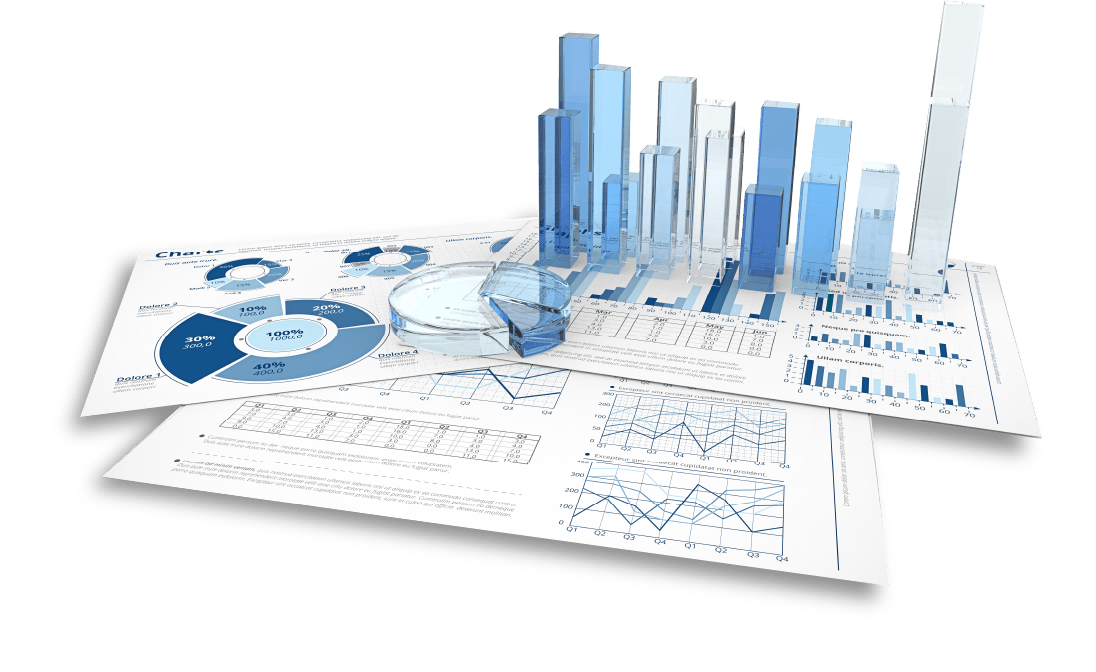
SHINKO ELECTRIC INDUSTRIES CO., LTD.

SHINKO ELECTRIC INDUSTRIES CO., LTD.
Search by Product Name
Search by Application
The Shinko Way
Our Shares were delisted from the Prime Market of the Tokyo Stock Exchange on June 6, 2025.
We express our deepest gratitude to our shareholders and other stakeholders for their wholehearted support over the years. We also appreciate your continued understanding and support as we continue to strive to improve our corporate value.
This page contains some of the IR information released before the delisting.



Inquiry for IR






